|
Laowa 58mm f/2.8 2x Ultra-macro APO - Review / Test Report |
|
Lens Reviews -
Canon EOS (Full Format)
|
 Review by Klaus Schroiff, published December 2022
Review by Klaus Schroiff, published December 2022
Introduction
Laowa, one of the better-known Chinese players in the market, is specializing in ultra-wide, cine and macro lenses. In the latter segment, their website lists no less than six dedicated macro lenses for various systems and sensor formats.
Among them is the new Laowa 58mm f/2.8 2X Ultra-Macro APO. APO stands for apochromatic design here or, in order words - superior color fringing correction. We tested a bunch of their previous APO lenses and were impressed most of the time - so let's see what this "standard" macro lens can give you. Price-wise, the 58 is a bit on the expensive side at $499 but unlike most of its cousins from more mainstream players, it can focus down to an object magnification of 2:1.
 Just like all other Laowa lenses, the 58mm f/2.8 has a metal body with an exceptionally smooth focus ring and a dedicated aperture ring. The latter is required because there's no electronic coupling, unfortunately.
For macro work, this isn't a drama but we'd wish that at least the aperture could be controlled via the camera - a few Chinese players are starting to move towards AF lenses already, so Laowa is lagging here.
The lens is unusually long for a 58mm macro lens - and basically identical in shape, size, and weight to their 90mm f/2.8 2x Ultra-macro APO. Unlike other lenses in this class, the lens does not extend during focusing towards closer focus distances, so while it doesn't feature any formal sealing, it should help in keeping the inner system dust free. And there's the additional benefit of avoiding critters getting nervous by an extending inner tube moving towards them.
A petal-shaped lens hood was provided by Laowa - but it's unclear whether this shape is also supplied in regular boxes.
Just like all other Laowa lenses, the 58mm f/2.8 has a metal body with an exceptionally smooth focus ring and a dedicated aperture ring. The latter is required because there's no electronic coupling, unfortunately.
For macro work, this isn't a drama but we'd wish that at least the aperture could be controlled via the camera - a few Chinese players are starting to move towards AF lenses already, so Laowa is lagging here.
The lens is unusually long for a 58mm macro lens - and basically identical in shape, size, and weight to their 90mm f/2.8 2x Ultra-macro APO. Unlike other lenses in this class, the lens does not extend during focusing towards closer focus distances, so while it doesn't feature any formal sealing, it should help in keeping the inner system dust free. And there's the additional benefit of avoiding critters getting nervous by an extending inner tube moving towards them.
A petal-shaped lens hood was provided by Laowa - but it's unclear whether this shape is also supplied in regular boxes.

| Specifications |
|---|
| Optical construction | 14 elements in 11 groups (3xED, 3xHR) |
| Number of aperture blades | 13 (rounded) |
| min. focus distance | 0.185m (2:1 max magnification) |
| Dimensions | 74x117mm |
| Weight | 595g |
| Filter size | 67mm |
| Hood | petal-shaped (bayonet mount, supplied) |
| Available Mounts | Canon RF, L-mount, Nikon Z, Sony FE |
Distortion
Due to the lack of electronic coupling, Laowa has to rely on its optical design for delivering image distortions and they certainly excel in this respect.
The Laowa 58mm f/2.8 2X Ultra-Macro APO can produce distortion-free images, as you can see below.
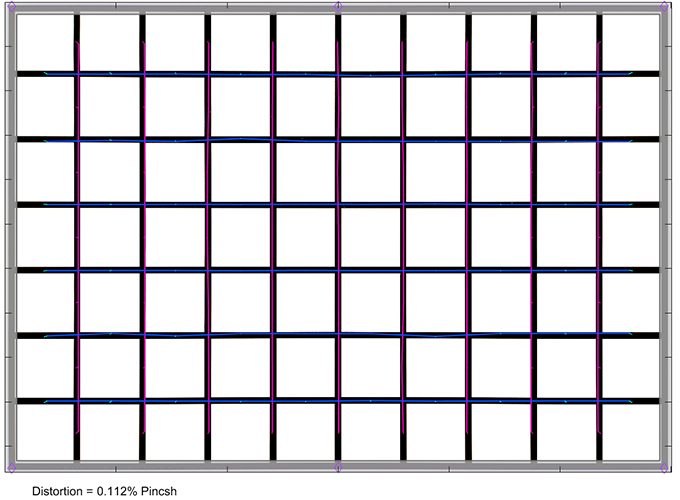
Vignetting
The vignetting characteristic is a bit unusual. A light falloff of ~1.5 EV (f-stops) at f/2.8 is relatively normal. However, stopping down improves this less than expected.
At f/8, the vignetting is still higher than 1EV - not a big deal, but noticeable.

MTF (resolution) at 45 megapixels
The resolution characteristic of the Laowa 58mm f/2.8 2X Ultra-Macro APO is impressive, if not outstanding. The center quality is excellent at f/2.8, followed by a very good outer image field.
At f/4, the broader center is superb and the borders/corner improve a little bit as well. The overall peak performance is reached at f/5.6. Diffraction is limiting the quality thereafter but it only
gets relevant at f/16. Even f/22 is usable. However, we suspect that the aperture numbers aren't really accurate - the results "shouldn't" be as good at smaller aperture settings.
Nothing beats diffraction, really.
The field curvature is low. Unfortunately, our sample had a very strong centering defect on the left image side. The MTF readings for the borders/corners were taken on the right image side.
Please note that the MTF results are not directly comparable across the different systems!
Below is a simplified summary of the formal findings. The chart shows line widths per picture height (LW/PH) which can be taken as a measure of sharpness.
If you want to know more about the MTF50 figures, you may check out the corresponding Imatest Explanations

Chromatic Aberrations (CAs)
Lateral CAs are basically non-existent and nothing to worry about.

Bokeh
Macro lenses are almost always used for scenes with a shallow depth-of-field - this is simply what you end up with at high object magnifications. Thus the quality of the bokeh should better be good.
And the Laowa lens delivers in this respect.
Out-of-focus highlights are nicely rendered with a smooth inner disc and little outlining at the edges.
 As usual, the discs deteriorate towards the image borders - in this case, with a slight "cat eye" shape. Stopping down to f/4 corrects the near-center highlights, whereas the corner highlights are getting edgy.
If needed, it's better to avoid f/4 and go for f/5.6 for a better correction of these highlights.
The general blur characteristic resembles its 90mm f/2.8 cousin in being smooth in the image foreground and just a tad less so in the image background. See also our sample image sections. LoCAs/Bokeh fringing is also not a concern.
As usual, the discs deteriorate towards the image borders - in this case, with a slight "cat eye" shape. Stopping down to f/4 corrects the near-center highlights, whereas the corner highlights are getting edgy.
If needed, it's better to avoid f/4 and go for f/5.6 for a better correction of these highlights.
The general blur characteristic resembles its 90mm f/2.8 cousin in being smooth in the image foreground and just a tad less so in the image background. See also our sample image sections. LoCAs/Bokeh fringing is also not a concern.
Sample Images
Click on an image to download the full-size variant.
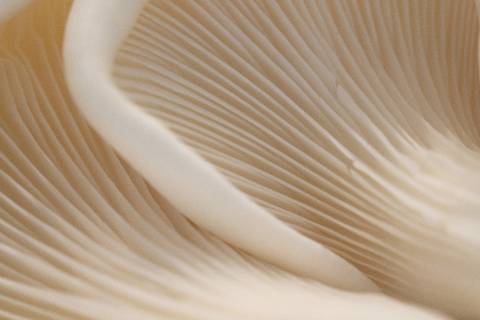 |
| Make | Canon |
| Model | Canon EOS R5 |
| ISO Speed | 320 |
| Focal Length | |
| Aperture: | f/ |
| Exposure | 1.6s |
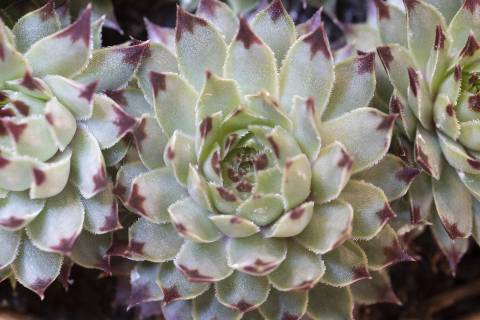 |
| Make | Canon |
| Model | Canon EOS R5 |
| ISO Speed | 320 |
| Focal Length | |
| Aperture: | f/ |
| Exposure | 2.5s |
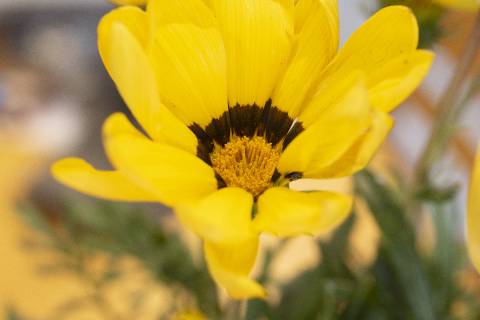 |
| Make | Canon |
| Model | Canon EOS R5 |
| ISO Speed | 320 |
| Focal Length | |
| Aperture: | f/ |
| Exposure | 1/4s |
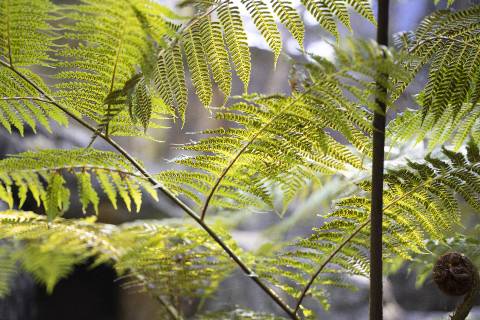 |
| Make | Canon |
| Model | Canon EOS R5 |
| ISO Speed | 320 |
| Focal Length | |
| Aperture: | f/ |
| Exposure | 1/160s |
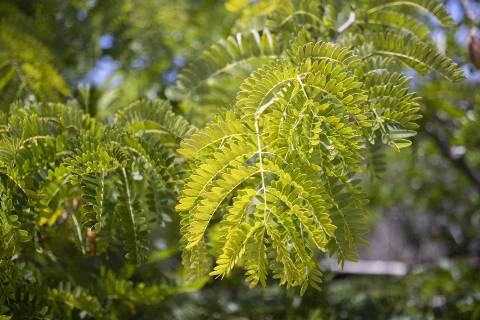 |
| Make | Canon |
| Model | Canon EOS R5 |
| ISO Speed | 320 |
| Focal Length | |
| Aperture: | f/ |
| Exposure | 1/2500s |
 |
| Make | Canon |
| Model | Canon EOS R5 |
| ISO Speed | 400 |
| Focal Length | |
| Aperture: | f/ |
| Exposure | 1/1000s |
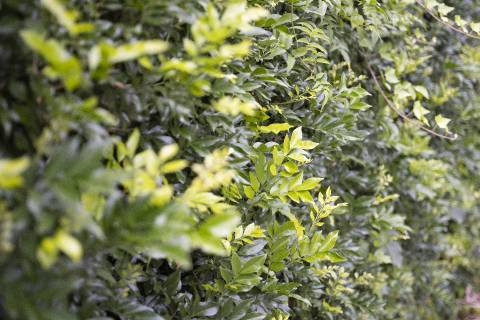 |
| Make | Canon |
| Model | Canon EOS R5 |
| ISO Speed | 800 |
| Focal Length | |
| Aperture: | f/ |
| Exposure | 1/800s |
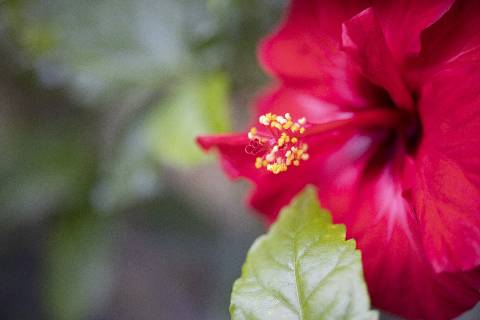 |
| Make | Canon |
| Model | Canon EOS R5 |
| ISO Speed | 800 |
| Focal Length | |
| Aperture: | f/ |
| Exposure | 1/640s |
Competition
There are no direct competitors to the Laowa 58mm f/2.8 2X Ultra-Macro APO in Canon R-mount and this specific focal-length class (there are, of course, several in Sony E-mount). Canon R-mount is a closed system and Canon has been fiercely defending its "properties" here. If you include EF-R adapter options, the closest thing may be the Sigma 70mm f/2.8 DG Macro ART. It provides good ol' AF but only provides a max magnification of 1:1. Canon has, of course, macro lenses as well. The RF 85mm f/2 STM IS macro is actually in the same price bracket and longer still - but it only features a max magnification of 1:2. The RF 100mm f/2.8 USM L IS macro can give you 1.4:1. However, besides being in a different price class, it's way more expensive and suffers from LoCAs and RSAs (focus shifts).
Verdict
Overall, the Laowa 58mm f/2.8 2X Ultra-Macro APO delivers the impressive results that we are used to from their APO macro lens lineup. The lens is tack sharp at relevant aperture settings and across the image field. Both lateral and axial color fringing is next to non-existing. Image distortions are also absent. The quality of the bokeh is very smooth, both with respect to out-of-focus highlights as well as the general out-of-focus blur.
The amount of vignetting is comparatively high even when stopped down but that's easily correctable in post. Flare is a weakness in difficult backlit situations, though.
Typical for most fully manual lenses, the build quality is excellent. The lens body is made of metal with a smooth focus ring and a clicked aperture ring. The lens is on the big side relative to other 50mm-ish macro lenses.
However, unlike those, the Laowa lens uses an inner focusing system so there are no moving outer parts here. The Laowa lens has no electronic coupling whatsoever. While not all that unusual, Laowa is positioning itself as a sort-of premium manufacturer - and we'd really like to see some progress on this front. Also, if you go for the lens - remember to check for optical consistency (centering) when receiving the lens. Such niche players aren't quite up there with the big boys.
You may argue that $499 isn't exactly cheap for such a lens. However, besides the APO design and the high sharpness, you also pay for the max 2:1 macro capability. Such a high object magnification is still very unusual, and rare things simply have a higher price tag. So if you like going to the max with your macro photography, the Laowa 58mm f/2.8 2X Ultra-Macro APO is worth a look. That being said, Laowa is offering the 90mm f/2.8 2x Ultra-macro APO for the same price. Unless you are specifically interested in the wider field of view, a 90mm macro lens is generally more desirable due to the longer working distance.
Mechanical Quality:
★★★★★
|
|